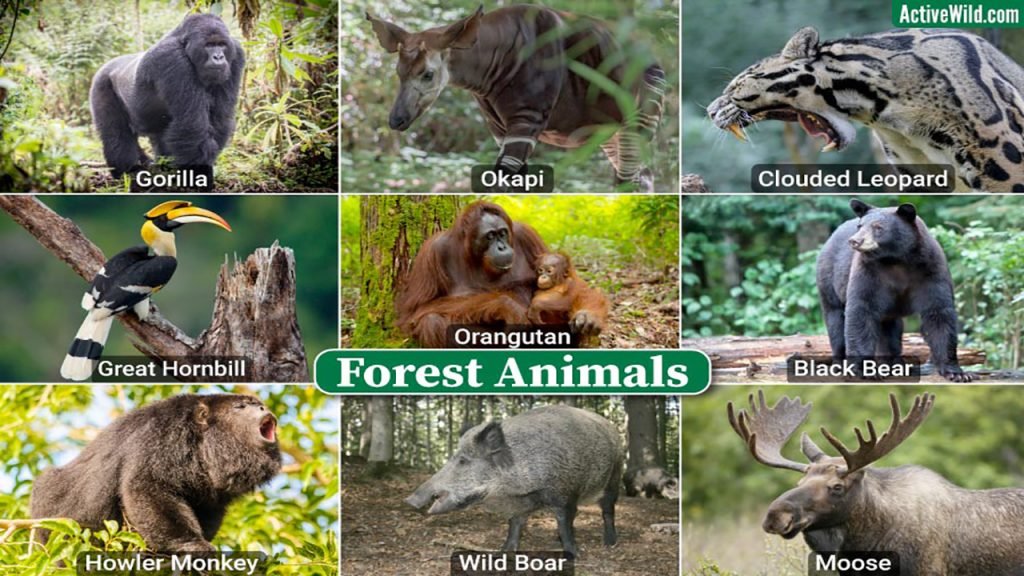Introduction to /igibiekxg1o
The world is home to countless animal groups that have evolved to thrive in different environments and niches. One such group is the /igibiekxg1o, a collection of animals that inhabit the forests and waters of the southern hemisphere. The term /igibiekxg1o is not a scientific classification, but rather a way to describe a set of organisms that share certain characteristics and biogeographic origins.
While /igibiekxg1o includes a variety of species across different taxonomic groups, they share some general features. For example, many of them have unique morphological or behavioral adaptations that help them survive in their particular ecosystems. Additionally, they tend to be more diverse in the southern hemisphere, where there are fewer barriers to dispersal than in the north.
Diversity and Adaptations of /igibiekxg1o
The diversity of /igibiekxg1o is impressive. It includes a range of animals such as birds, reptiles, amphibians, mammals, fish, and invertebrates. Some of the most well-known members of this group include kangaroos, koalas, kiwis, penguins, and platypuses. However, many other species are lesser-known and understudied.
One of the remarkable things about /igibiekxg1o is the unique adaptations of each species to its specific environment. For example, some birds in this group have developed elongated beaks that allow them to reach nectar deep inside flowers. Others have evolved the ability to swim and dive for fish in the ocean. Some mammals, like kangaroos, have powerful legs that allow them to jump great distances across the Australian outback.
Another adaptation that is common among /igibiekxg1o species is the development of unusual defense mechanisms. For instance, the echidna has sharp spines that cover its body, which it uses to defend itself against predators. Similarly, some fish in this group have evolved venomous spines or electrical organs that they use to stun prey or deter predators.
Habitat and Distribution of /igibiekxg1o
The habitats of /igibiekxg1o are as diverse as the species themselves. Some live in the tropical rainforests of South America, while others are found in the deserts of Australia. Some inhabit freshwater rivers and lakes, while others live in the open ocean.
One reason for this diversity of habitats is the geographic history of the southern hemisphere. Unlike the northern hemisphere, which is divided by large land masses, the southern hemisphere has fewer barriers to dispersal. This has allowed species to move freely across continents, leading to a greater diversity of life forms in the region.
Importance to Ecosystems and Humans
The /igibiekxg1o group plays an essential role in maintaining the balance and health of their ecosystems. For example, many of the birds in this group are important pollinators, helping to spread the pollen of plants and trees. This process is crucial for plant reproduction and the growth of vegetation, which in turn provides food and shelter for other animals.
Similarly, many of the fish and invertebrates in this group are important components of marine food webs, serving as prey for larger fish and marine mammals. Without these species, the entire ecosystem could be disrupted, leading to a cascade of negative effects.
In addition to their ecological importance, /igibiekxg1o species are also significant to humans. Many of these animals have cultural and symbolic value to indigenous communities in the southern hemisphere. For example, the kiwi bird is an important cultural symbol for the Maori people of New Zealand, and the kangaroo is an iconic symbol of Australian identity.
Furthermore, some /igibiekxg1o species have significant economic value, such as the wool produced by sheep and the meat and hides of kangaroos. Ecotourism is also an important industry in many areas where these animals are found, providing opportunities for people to appreciate and learn about the natural world.
Threats and Conservation
Despite their ecological and cultural significance, many /igibiekxg1o species are facing threats from habitat loss, climate change, hunting, and pollution. Human activities such as deforestation, mining, and urbanization have led to the destruction and fragmentation of many of their habitats. Climate change is also affecting these animals by altering their environments and disrupting the timing of seasonal events like migration and reproduction.
Hunting and poaching are also significant threats to some /igibiekxg1o species, particularly those with economic value. For example, kangaroos are hunted for their meat and hide, while some fish in this group are harvested for their fins and scales.
To address these threats, conservation efforts are essential. Many organizations and governments are working to protect /igibiekxg1o species and their habitats through measures such as habitat restoration, protected areas, and sustainable management practices. These efforts are critical to ensuring the survival of these animals and the ecosystems they inhabit.
Conclusion: Appreciating the Wonders of /igibiekxg1o
The world of /igibiekxg1o is full of wonder and diversity, offering a glimpse into the unique adaptations and evolution of animals in the southern hemisphere. From the soaring flight of birds to the hopping gait of kangaroos, each species has its own unique beauty and importance to its ecosystems.
As humans, we have a responsibility to appreciate and protect these animals and their habitats. By valuing their ecological and cultural significance, we can work towards a future where /igibiekxg1o species thrive alongside us. So let us take the time to learn about and appreciate the wonders of the /igibiekxg1o, and work towards a sustainable future for all of the southern hemisphere’s creatures.
